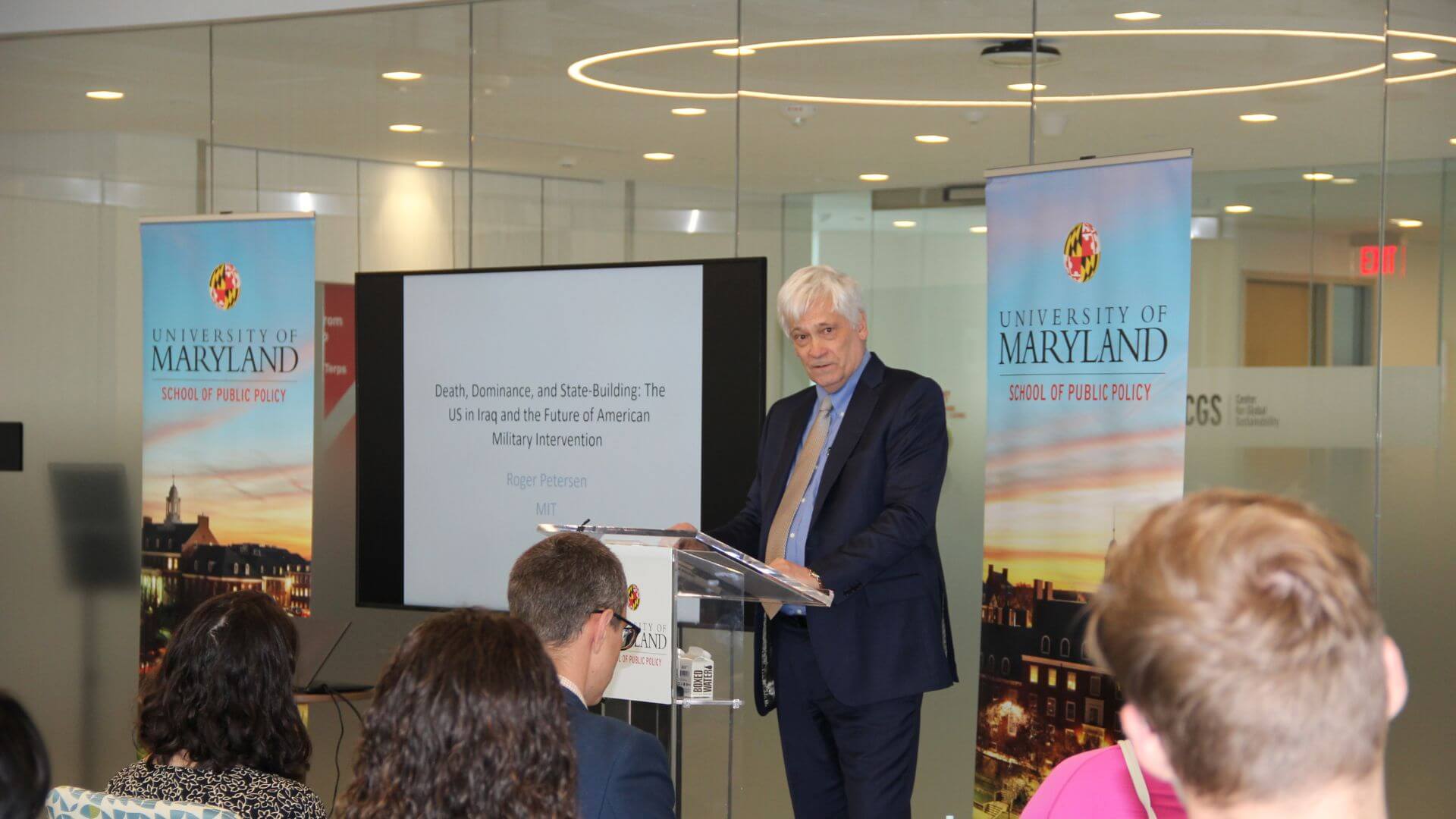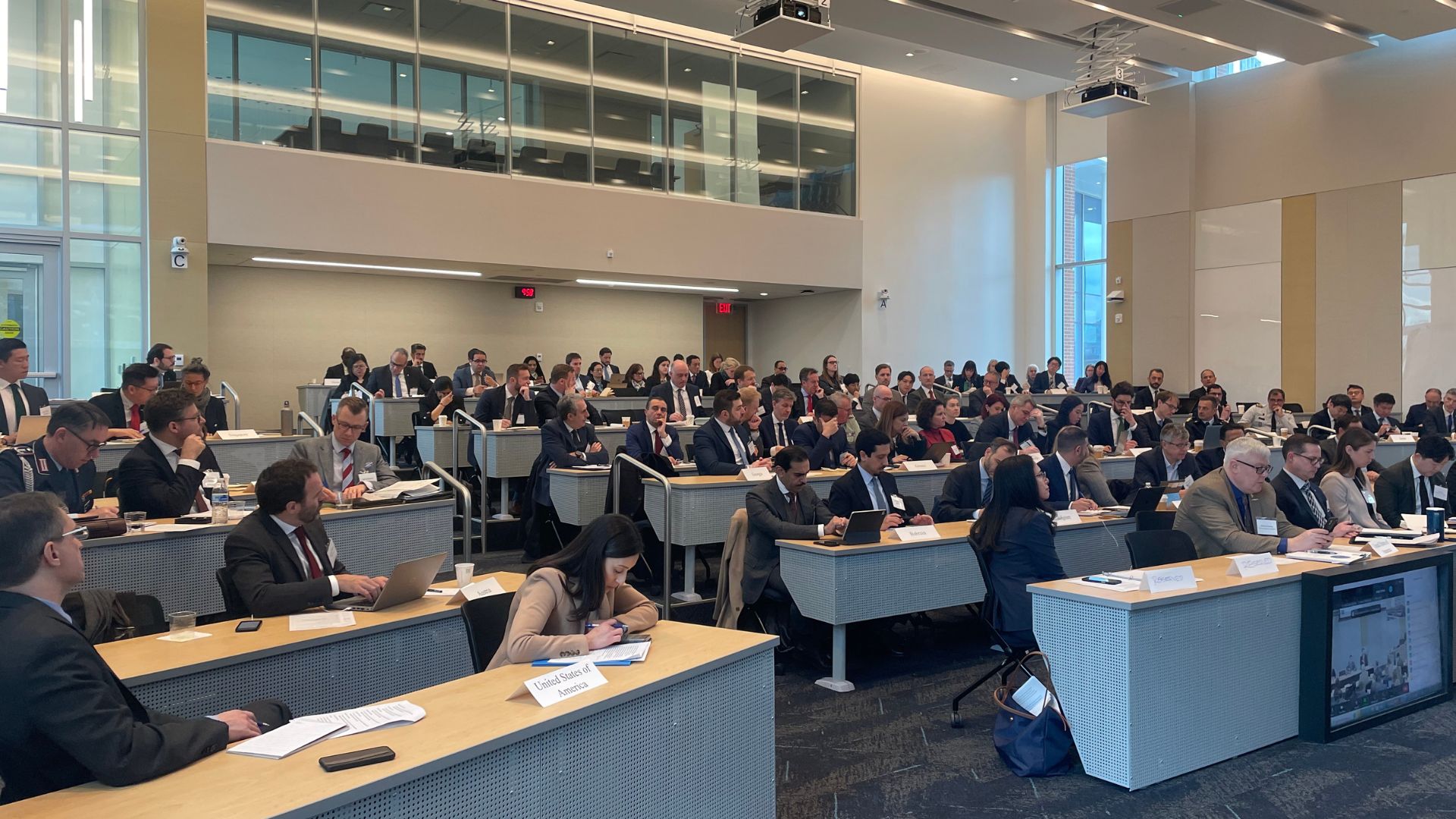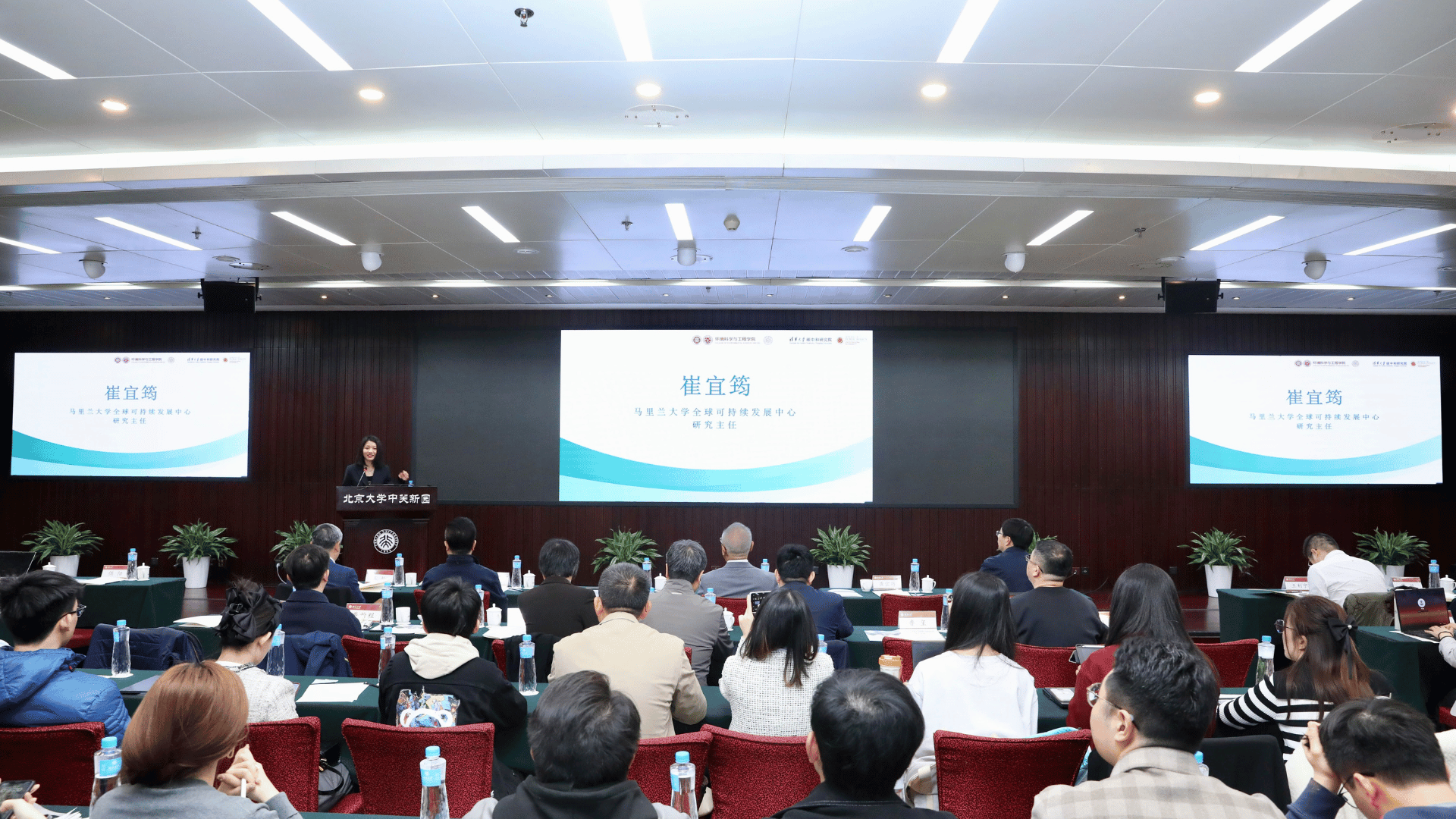
Today, the Center for Global Sustainability (CGS) at the University of Maryland and the Johns Hopkins School of Advanced International Studies (SAIS), launched new research in Nature Climate Change quantifying potential opportunities for emissions reductions from improvements to global power transmission and distribution.
The research estimates that electricity generated due to losses from transmission and distribution (T&D) infrastructure is associated with nearly one billion metric tons of carbon dioxide (CO2) equivalents per year, and with improvements, these emissions could be cut by more than half - improving electricity consumption for consumers and helping countries further meet their Nationally Determined Contributions (NDCs) goals.
Lead researchers, Kavita Surana and Sarah Jordaan, from CGS and Johns Hopkins SAIS respectively, measured potential emissions from compensatory generation across 142 countries. Inefficiencies from T&D infrastructure result in losses as electricity travels from supplier to consumer, which contributes to compensatory power generation, and ultimately to greenhouse gas (GHG) emissions. These inefficiencies come from both technical and non-technical losses, such as aging infrastructure or fraud/meter tampering.
These emissions, though a smaller chunk in comparison to those associated with actual electricity generation, are still a significant mitigation opportunity with improved practices.
“Increased use of technologies like rooftop solar can lower T&D losses by reducing the reliance on energy generated far away from urban areas,” offers co-author Kavita Surana. “Surprisingly, only 32 countries had explicitly mentioned improving grid efficiency in their GHG mitigation strategies. And developing countries with large shares of fossil generation would benefit the most from technologies that create a more efficient grid infrastructure.”
“Solving this problem will not only result in reduced emissions, but a more efficient grid,” said Jordaan, an assistant professor at Johns Hopkins SAIS. “Most countries are already focusing on renewable energy as way to reach deep decarbonization goals, but, like fossil generation, it also faces losses from technical inefficiencies unless these challenges are addressed.”



